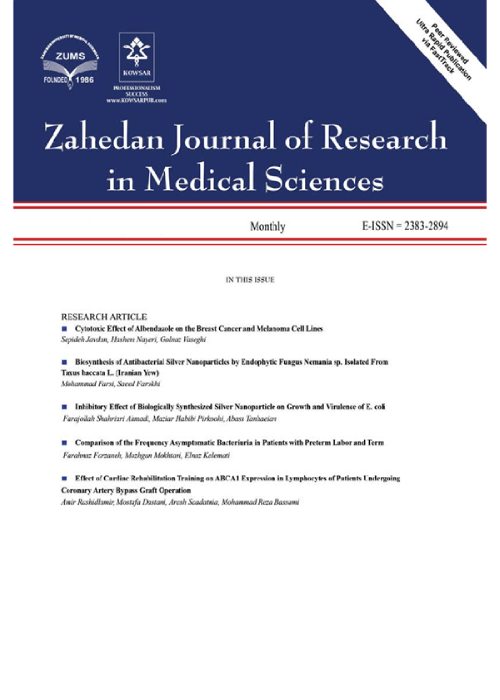Correlation Between Assisted Reproductive Outcomes and Paternal Age in Couples with Different Male Infertility Factors
Although the detrimental effects of advancing maternal age on fertility and reproduction have been recognized, there is a controversy regarding the impact of paternal age on male fertility.
This study aimed to evaluate the effect of paternal age on assisted reproductive outcomes in infertile couples with different male infertility factors.
It was a cross-sectional study on 285 couples at Alzahra Hospital from 2017 to 2019. The exclusion criteria were couples with female factor infertility. Patients were divided into four groups of normozoospermia, oligozoospermia, asthenozoospermia, and oligoasthenoteratozoospermia based on the World Health Organization criteria. To evaluate the effect of age, another grouping was done according to the paternal age (< 25, 25 - 35, 35 - 45, and > 45 y).
Our study showed that the negative effect of advancing age on male fertility can be seen in infertility factors of oligozoospermia and oligoasthenoteratozoospermia. A declined fertilization rate associated with aging was seen in all four groups, but the low embryo development rate was significant only in the oligozoospermia group (P = 0.01). The poor embryo quality related to advancing paternal age was observed in oligozoospermia (grade C; P = 0.001 and grade D; P = 0.005) and oligoasthenoteratozoospermia (grade D; P = 0.01) groups. Additionally, the success rate of biochemical and clinical pregnancy decreased in the oligozoospermia (P = 0.01) and oligoasthenoteratozoospermia (P = 0.02) groups with advancing male age.
Our findings showed a declining likelihood of fertility in men with advancing age. Specifically, we observed the detrimental effect of age on fertilization, embryo quality, and biochemical and clinical pregnancy rate in oligozoospermia and oligoasthenoteratozoospermia groups during intracytoplasmic sperm injection cycles.
- حق عضویت دریافتی صرف حمایت از نشریات عضو و نگهداری، تکمیل و توسعه مگیران میشود.
- پرداخت حق اشتراک و دانلود مقالات اجازه بازنشر آن در سایر رسانههای چاپی و دیجیتال را به کاربر نمیدهد.


